Tech law eyes Industry 4.0’s dark side
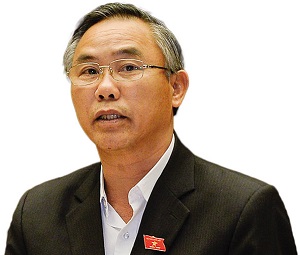 |
Entering the Industry 4.0 era, developed countries will update older technology, machinery, and equipment. Are there concerns that developing countries, including Vietnam, might potentially become technology dumping grounds?
Vietnamese firms are slow in technology innovation. In fields such as thermal power; cement, sugar, steel production, and mining, many factories are still using obsolete equipment and technology. According to the World Economic Forum’s latest rankings, Vietnam was placed 92nd out of 140 nations and territories in technology readiness; in technology transfer it was ranked 81st, in technology absorption 121st, and in adaption to new technology 112th. If these rankings are not improved in the coming years, Vietnam will be unlikely to maintain its current global competitiveness ranking of 55 out of 137 economies, up five spots compared to 2016 and 20 spots compared to five years ago.
This could directly affect the efficiency and competitiveness of Vietnam’s economy, as well as our ability to attract foreign investment, and it might possibly turn the country into a dumping ground for the world’s obsolete technology.
To prevent this situation, the Ministry of Science and Technology (MoST) has set out regulations governing the import of used machinery, equipment, and production lines which have triggered opposition from businesses. What are their objections?
Under MoST regulations, used equipment, machinery, and production lines, once imported into Vietnam, must not be used for a duration in excess of 10 years, and they must satisfy Vietnamese standards (QCVN or TCVN) or match G7 standards in safety, energy efficiency, and environmental protection.
Firms have protested this because of the unreasonably rigid requirement that equipment must not be used for more than 10 years. In fact, a lot of types of machinery and equipment have lifespans from 20 to 30 years, and many kinds of equipment originating from developed countries such as the EU, the US, and Japan are still in better condition after being in use for more than 10 years than those coming from less developed countries. The requirement, therefore, proves unsuitable.
What should we do?
In my view, to avoid becoming a technology dumping site, the government, in addition to enacting the list of technologies encouraged for transfer and the list of technologies banned from transfer, needs to compose a list of technologies subject to transfer limitations. The list needs to encompass, among other things, the technology, machinery, and production lines unpopular in developed countries, and those that use harmful chemicals or discharge harmful waste products.
For used technology and equipment from developed countries, it should be imported into Vietnam only when it meets Vietnamese standards.
Many foreign-invested projects are using obsolete equipment and technology. How can we prevent this?
To deter domestic and foreign investment projects from using less-than-modern equipment and technology, the amended Law on Technology Transfer has presented detailed regulations on investment project technology evaluation.
From July 2018, during the investment proposal process, investment projects using technology subject to transfer restrictions or those posing a threat to the environment must solicit comments from relevant state management agencies on their production technology.
The state agencies are required not only to engage in technology appraisal during the investment proposal stage, but also to take responsibility for carrying out regular checks during the project implementation.
What the stars mean:
★ Poor ★ ★ Promising ★★★ Good ★★★★ Very good ★★★★★ Exceptional
Latest News
More News
- Negotiations over payment agreement for LNG power stuck in deadlock (April 23, 2024 | 18:02)
- Masan completes $250-million equity raise from Bain Capital (April 23, 2024 | 17:37)
- Amata City Ha Long marks six years of development (April 23, 2024 | 17:00)
- Taiwan's Giant Group to build $120 million bicycle factory in Binh Duong (April 23, 2024 | 15:02)
- Nvidia delegation to explore opportunities in Vietnam (April 23, 2024 | 08:30)
- China's BOE builds $275 million electronics factory in Ba Ria-Vung Tau (April 22, 2024 | 10:44)
- Suntory PepsiCo breaks ground on its largest Asia-Pacific plant in Vietnam (April 22, 2024 | 08:53)
- New Hope ceases Binh Dinh pig-breeding project (April 19, 2024 | 18:34)
- Localities get ready for fourth FDI boom (April 19, 2024 | 16:41)
- Japanese retailer Takashimaya to advance project in Hanoi (April 19, 2024 | 11:31)

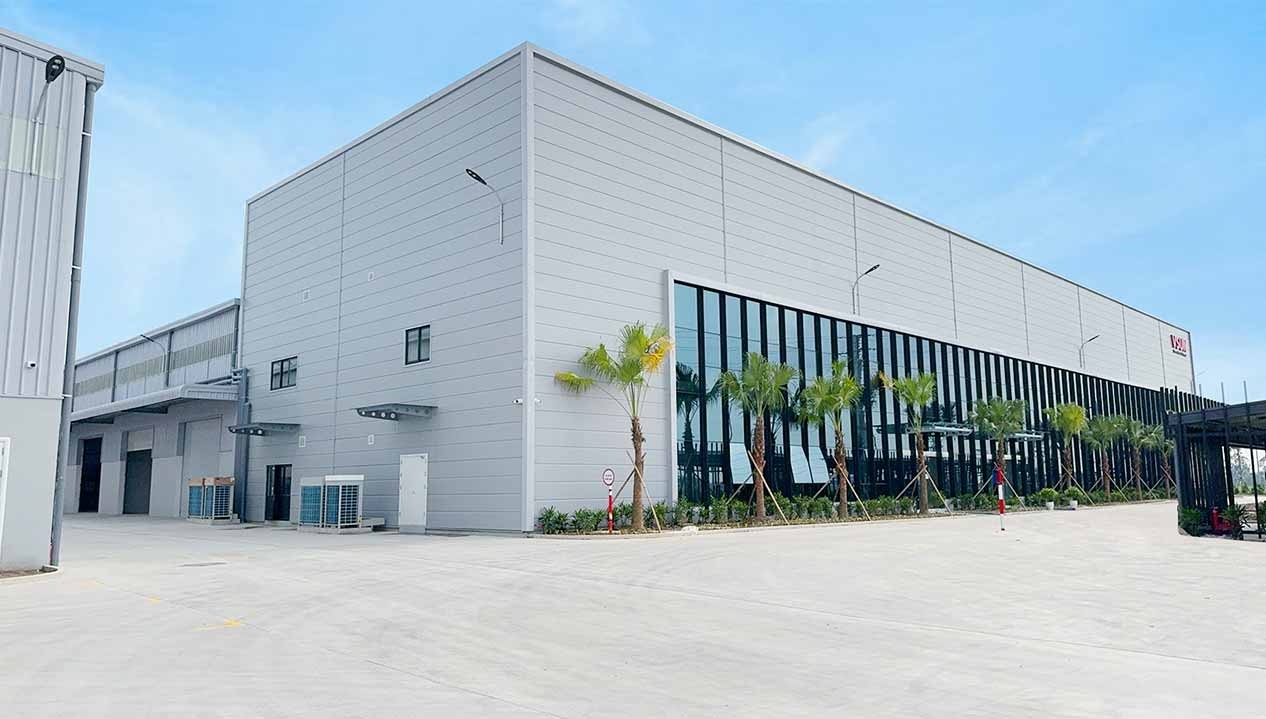
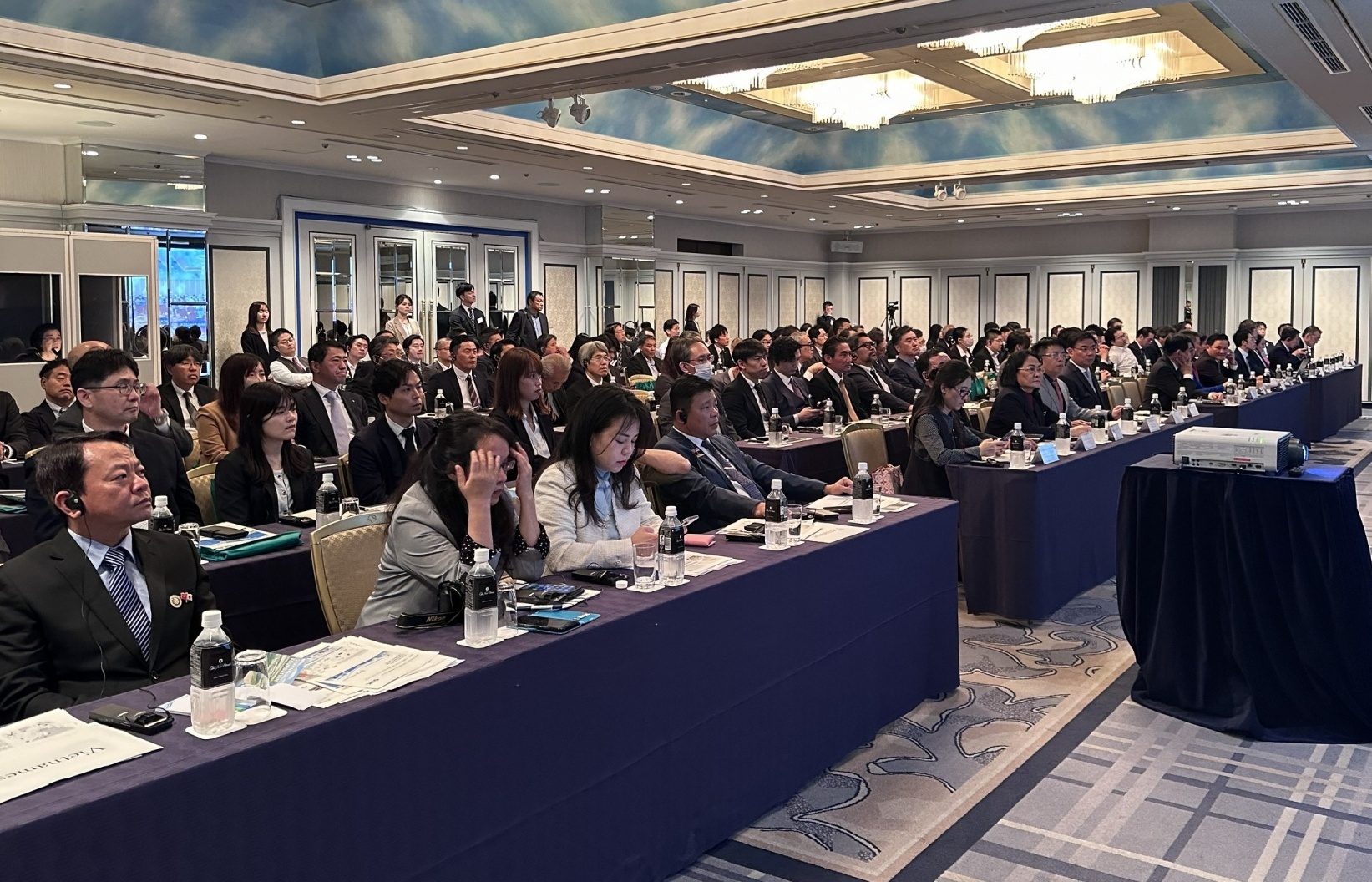
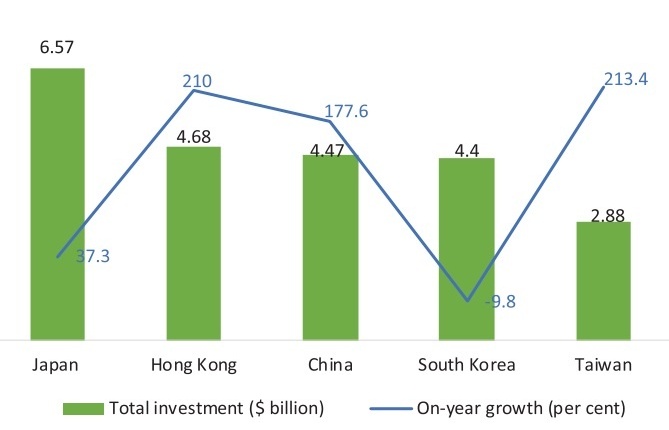
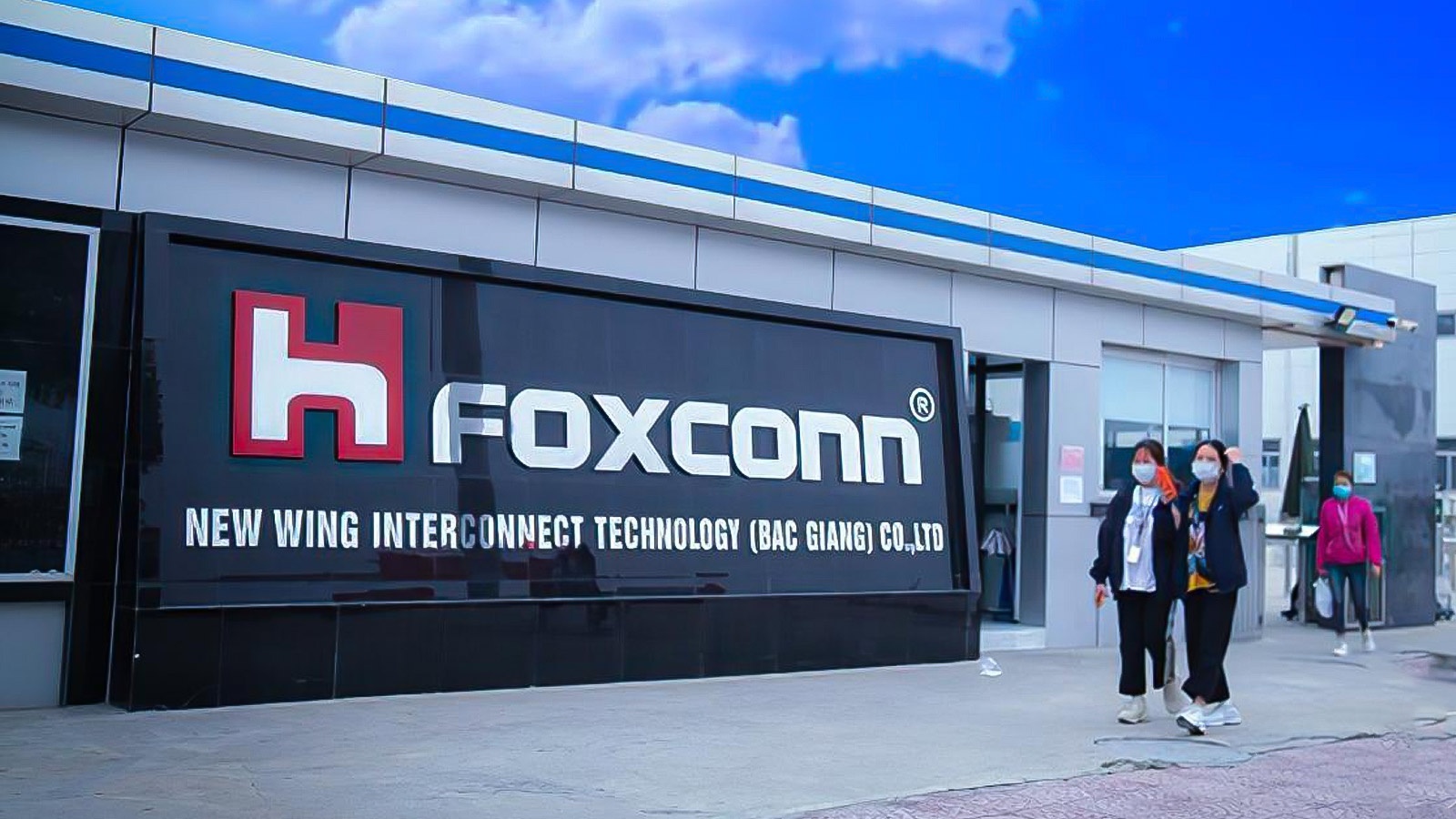
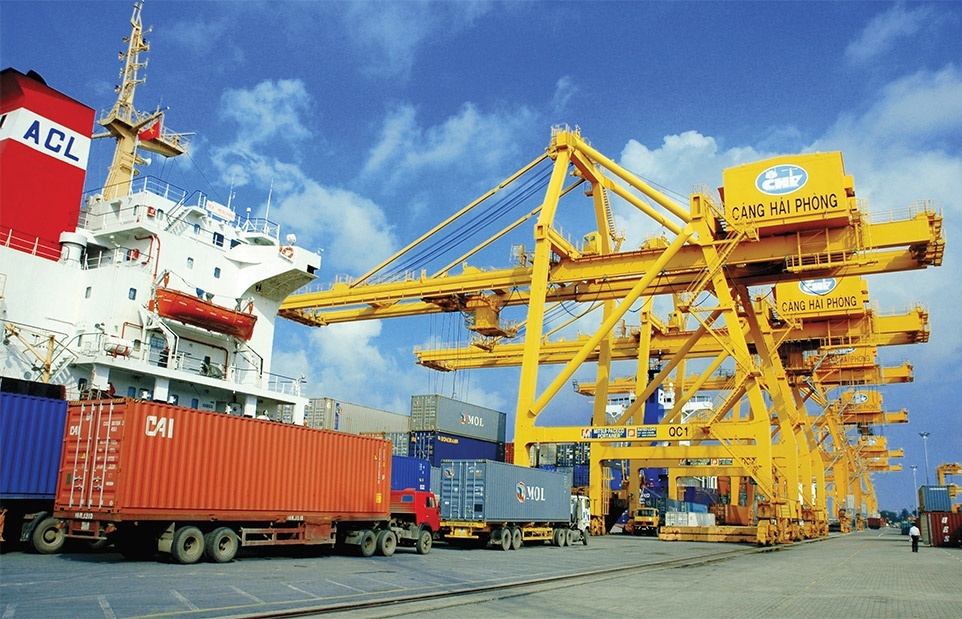
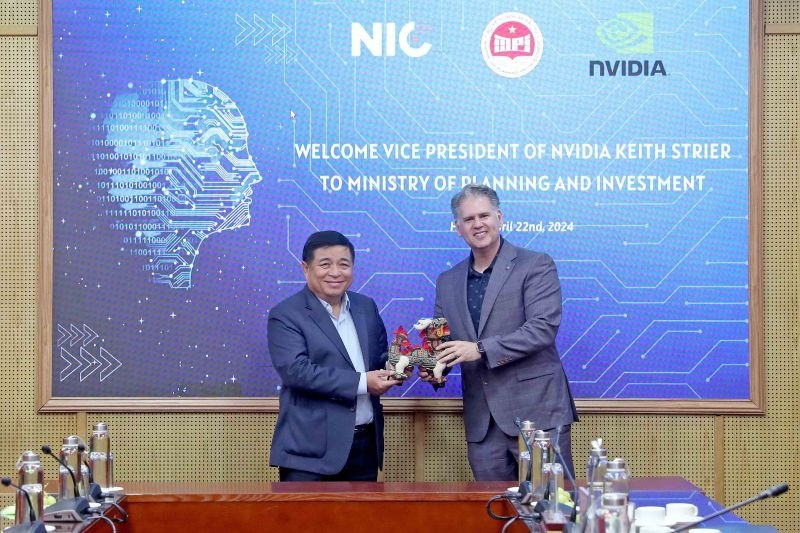


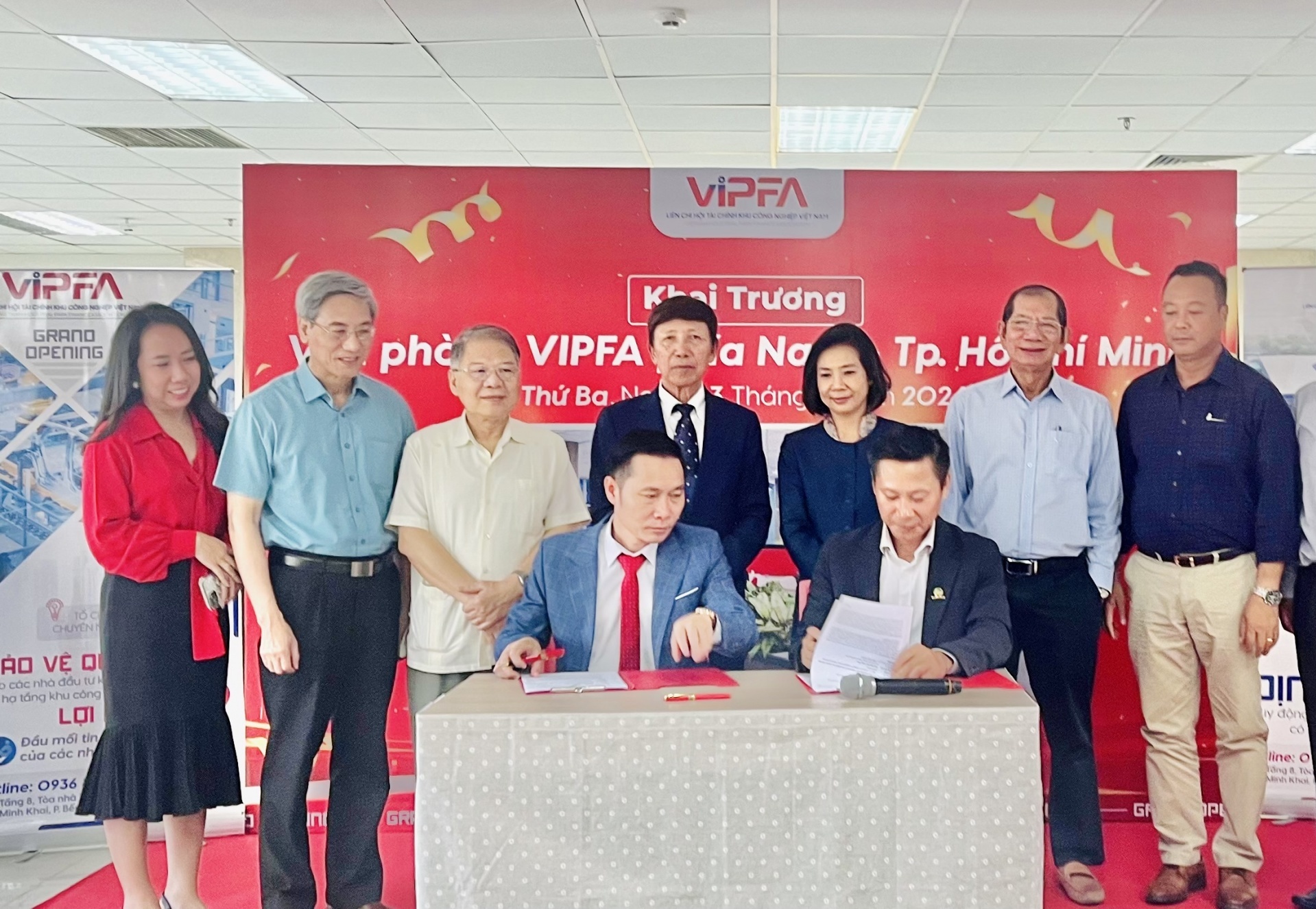

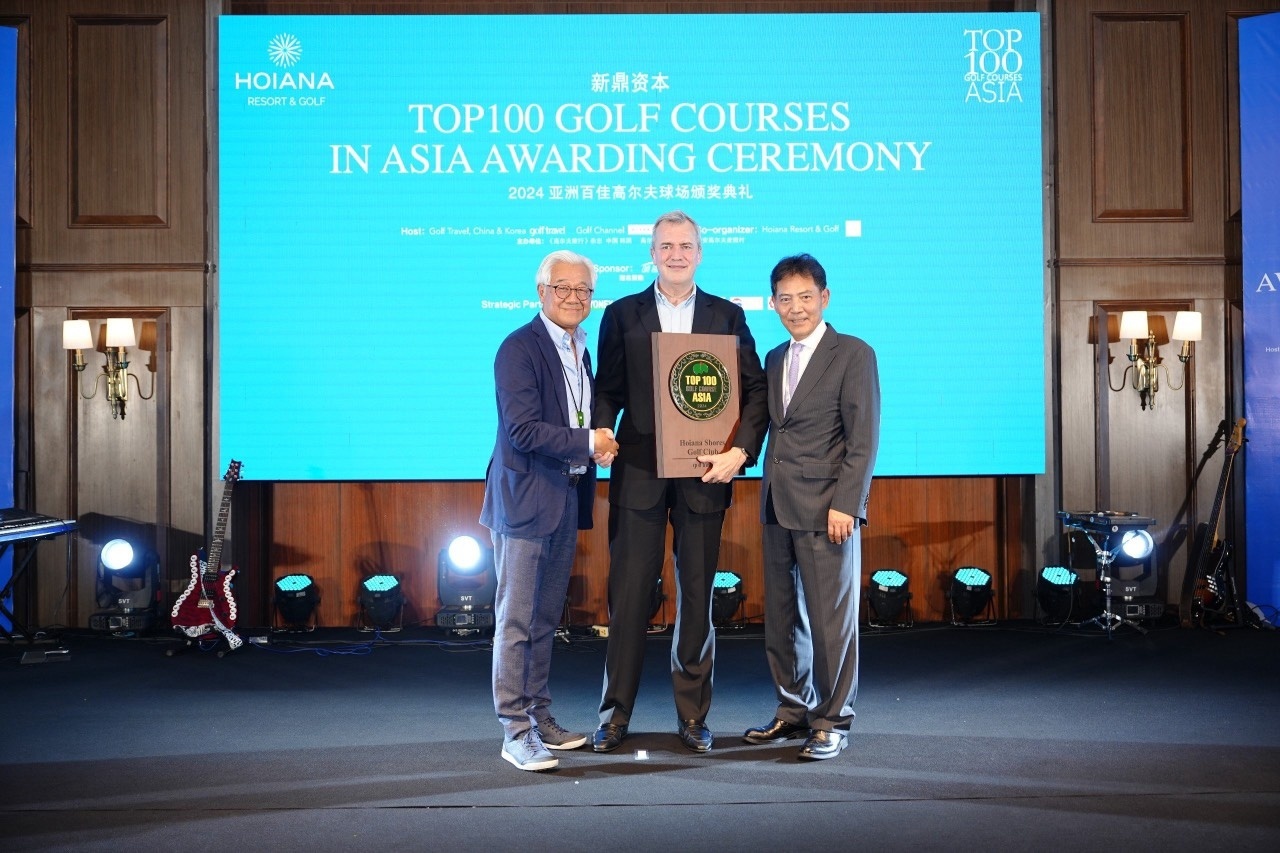
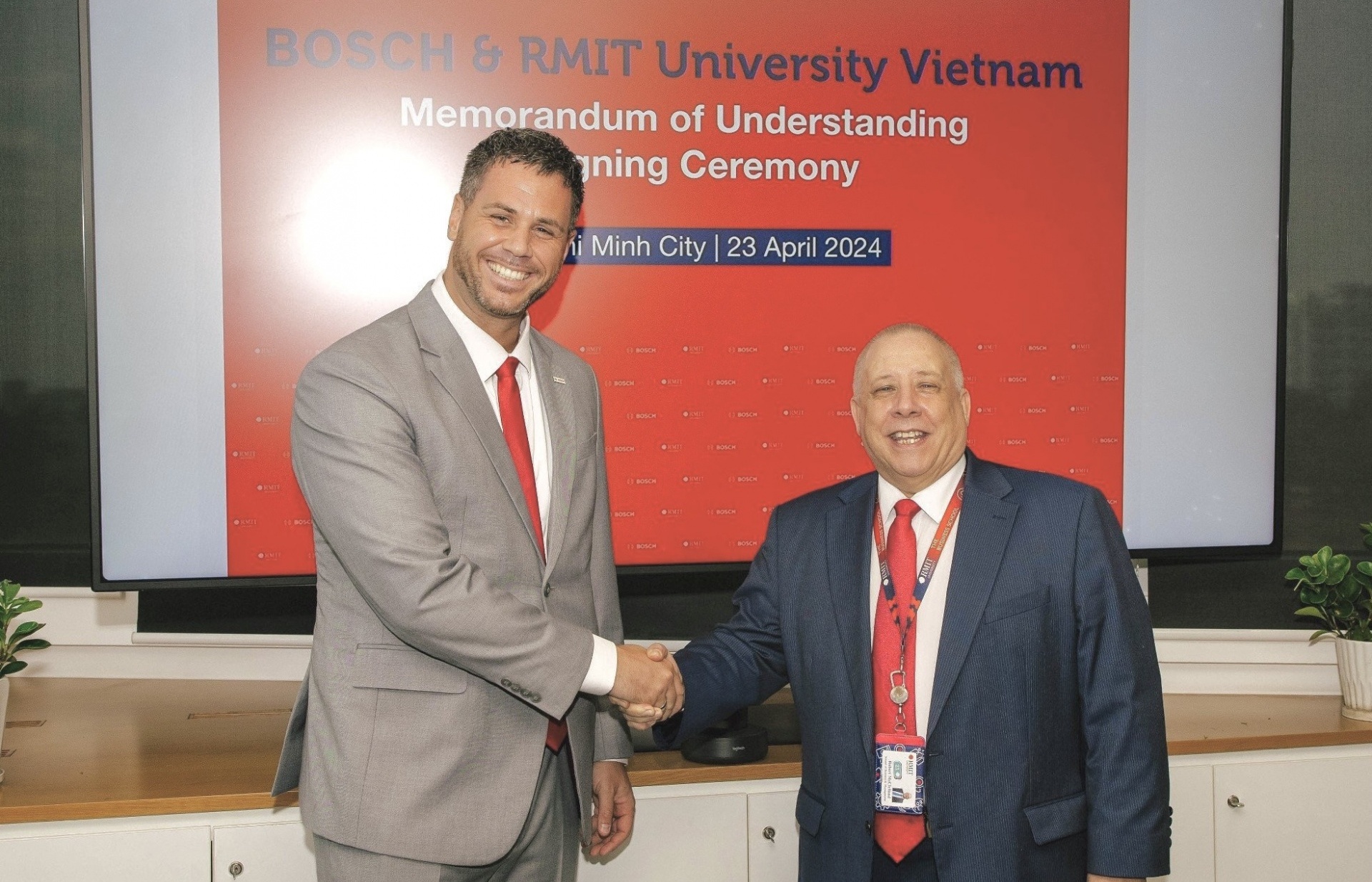



 Mobile Version
Mobile Version